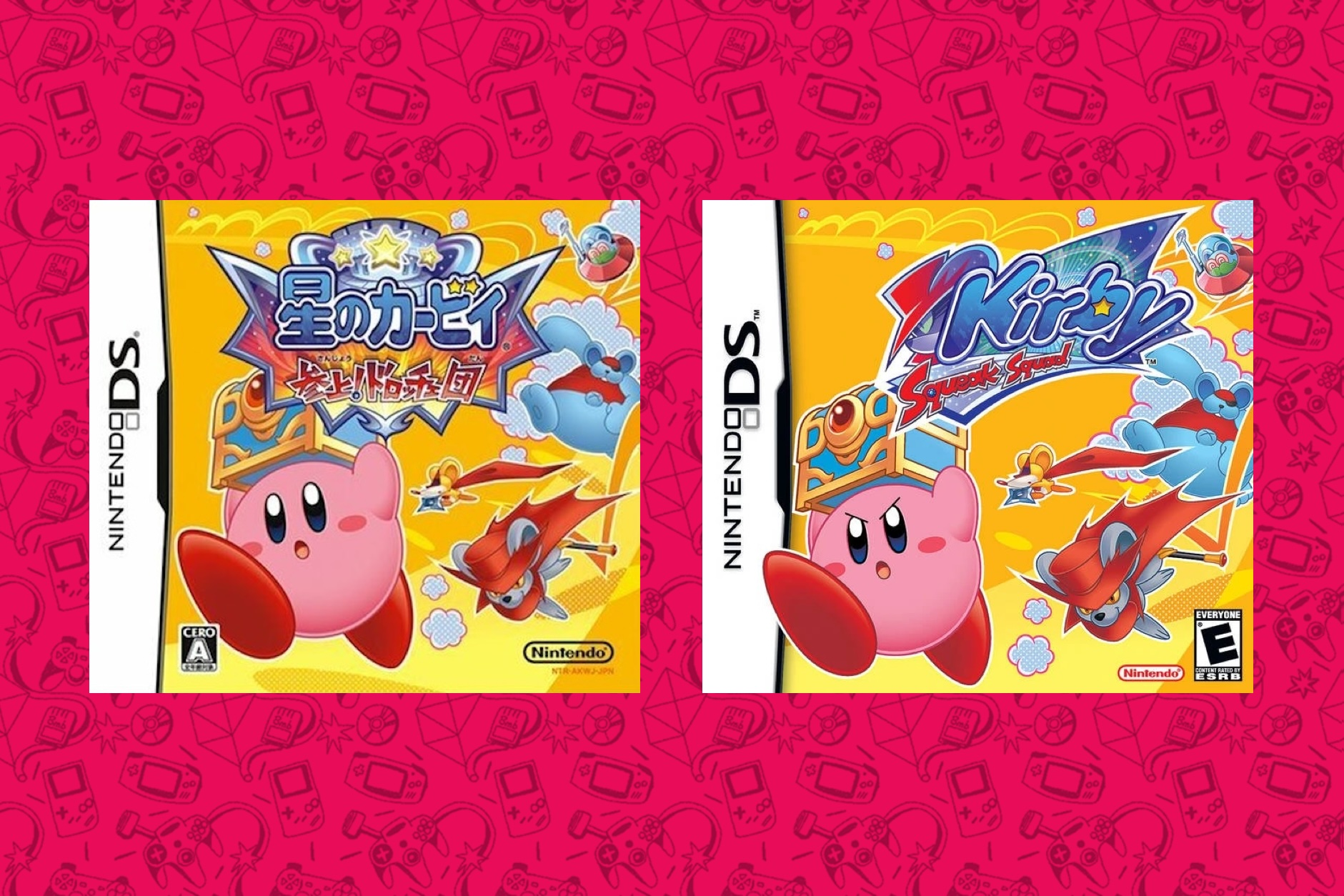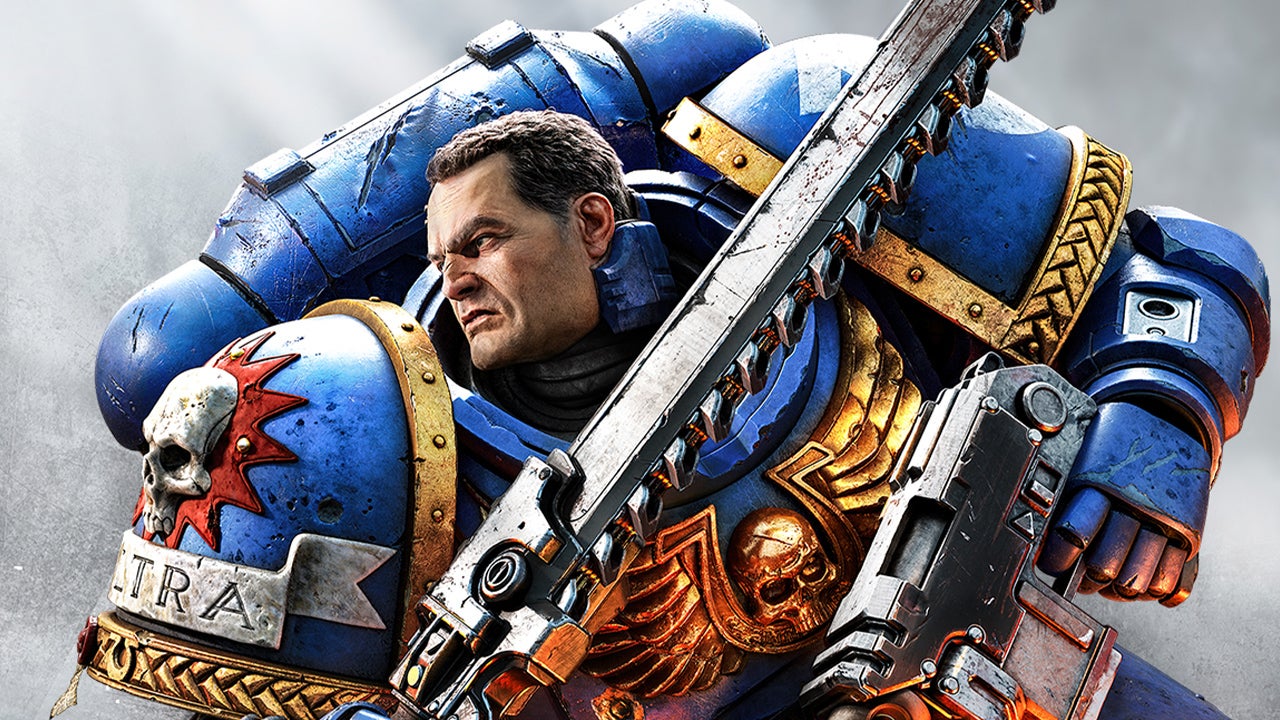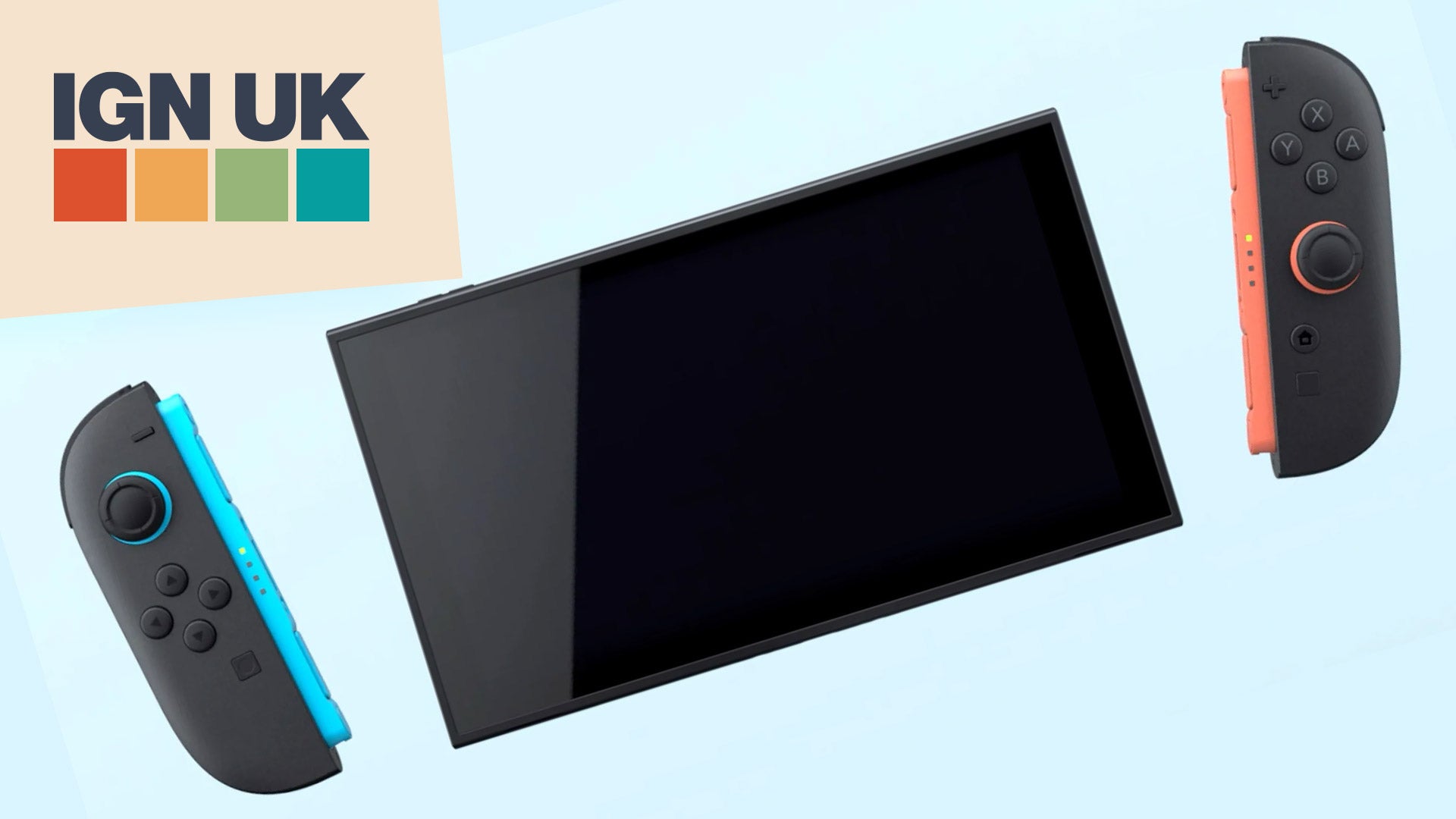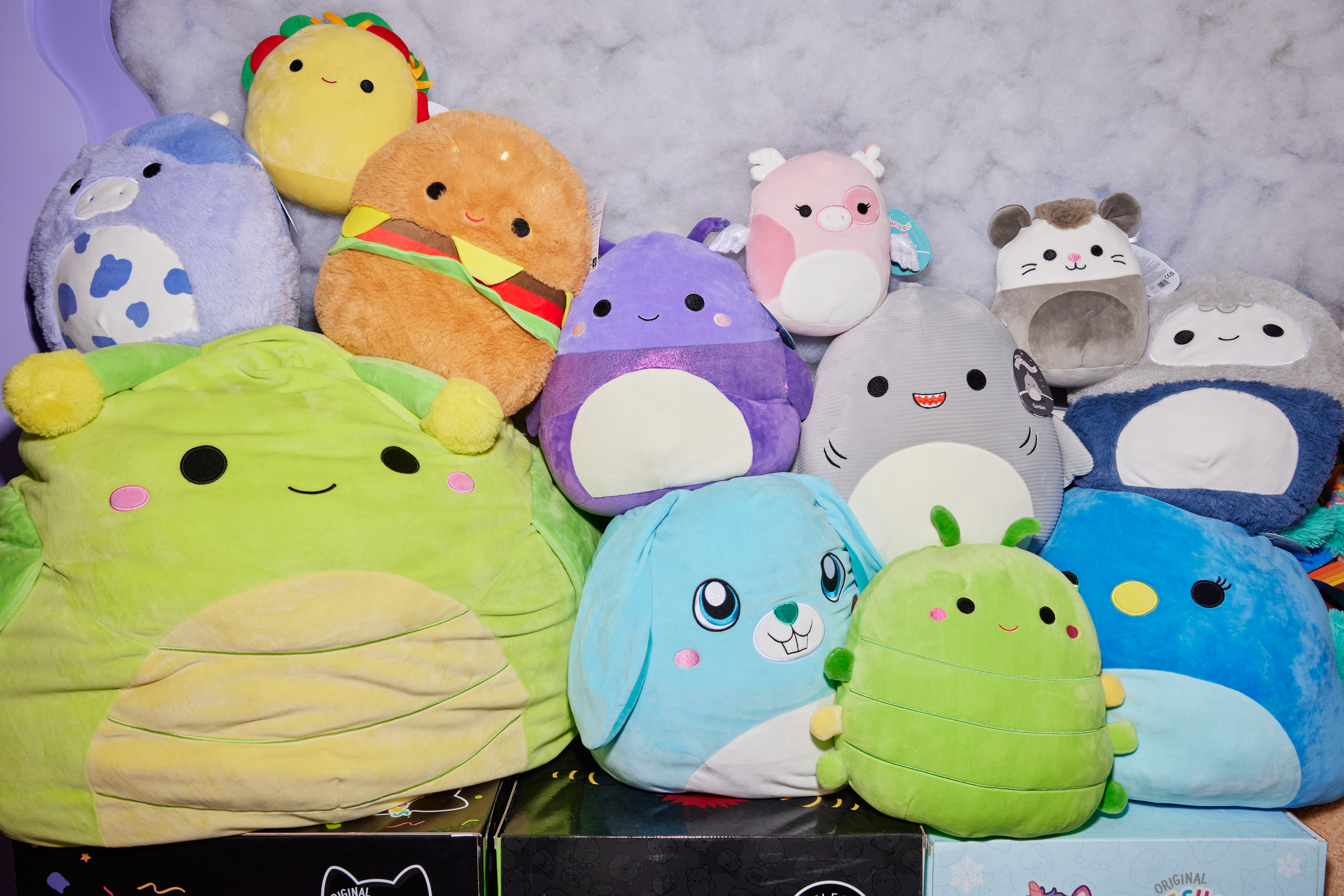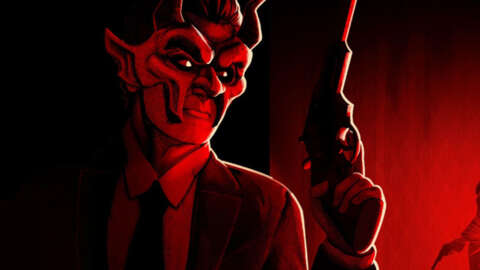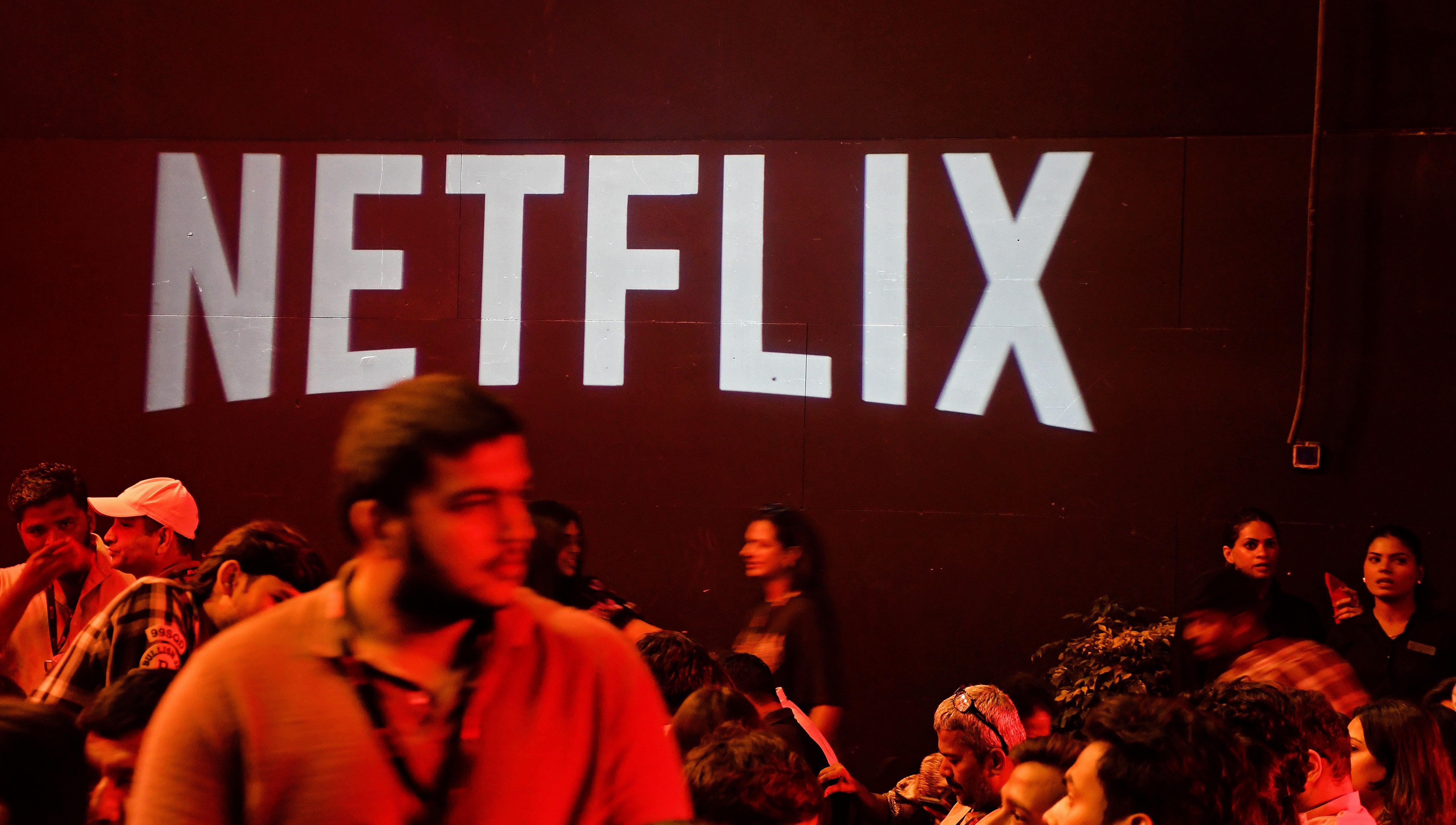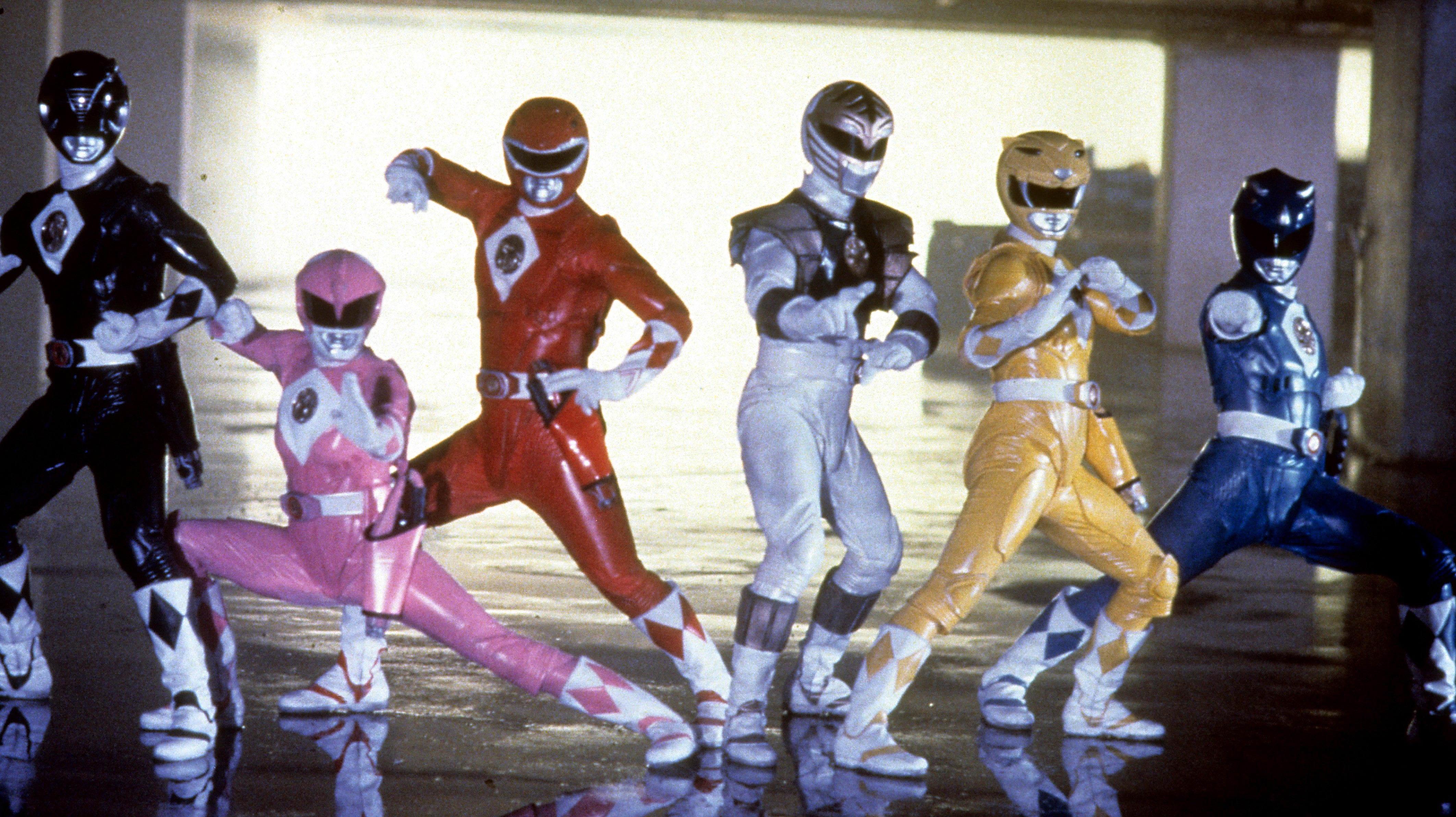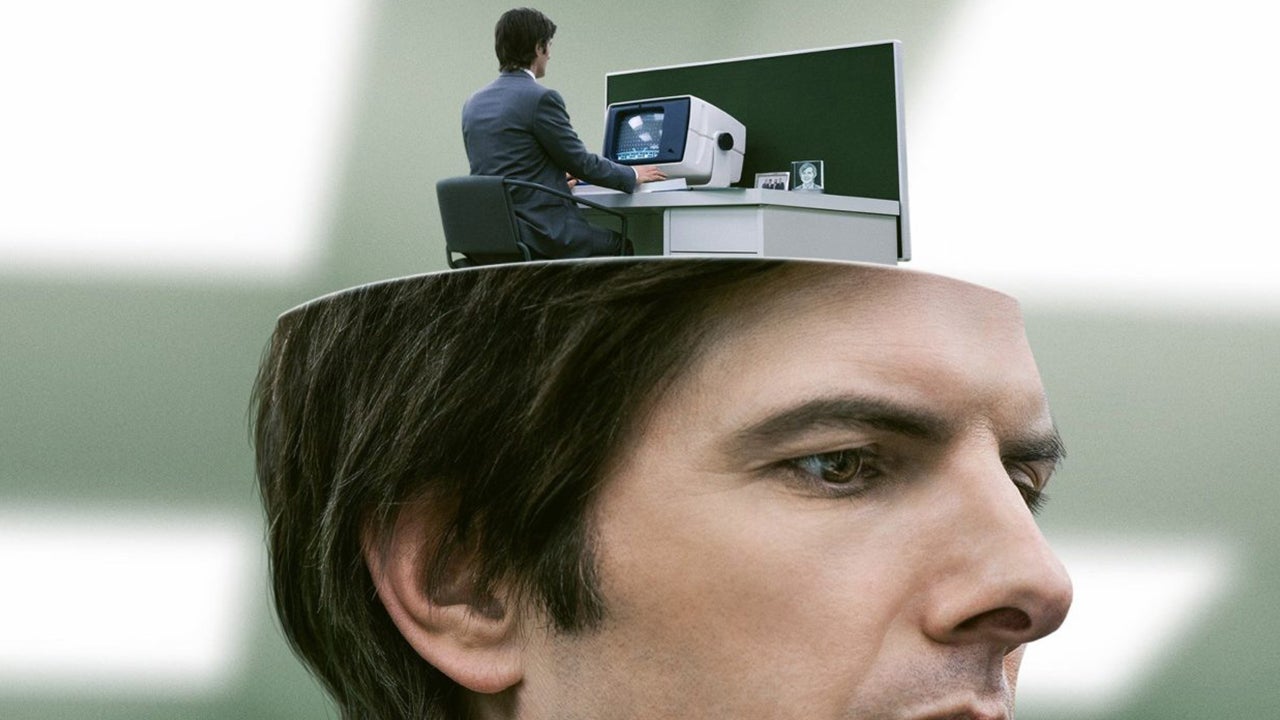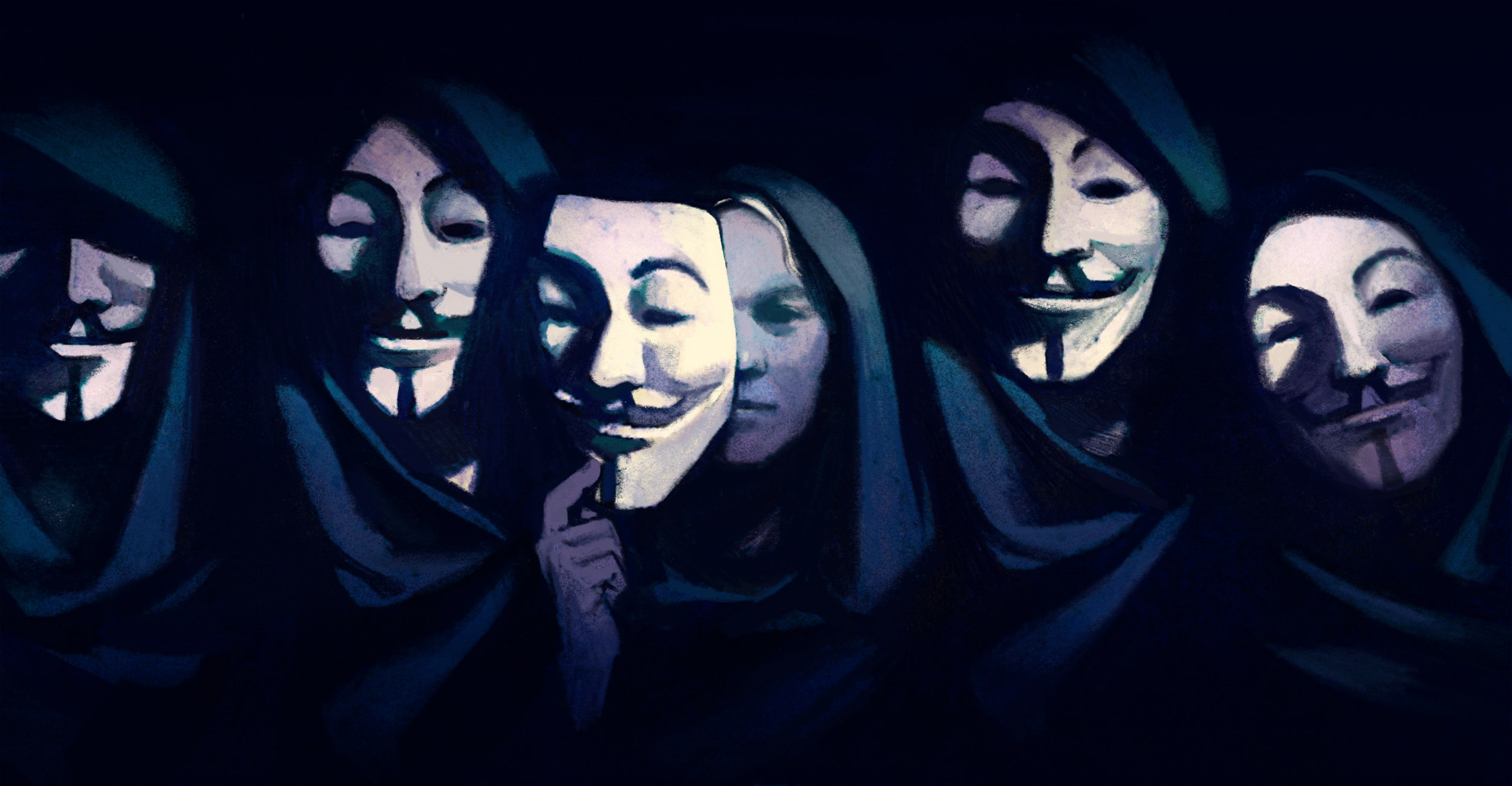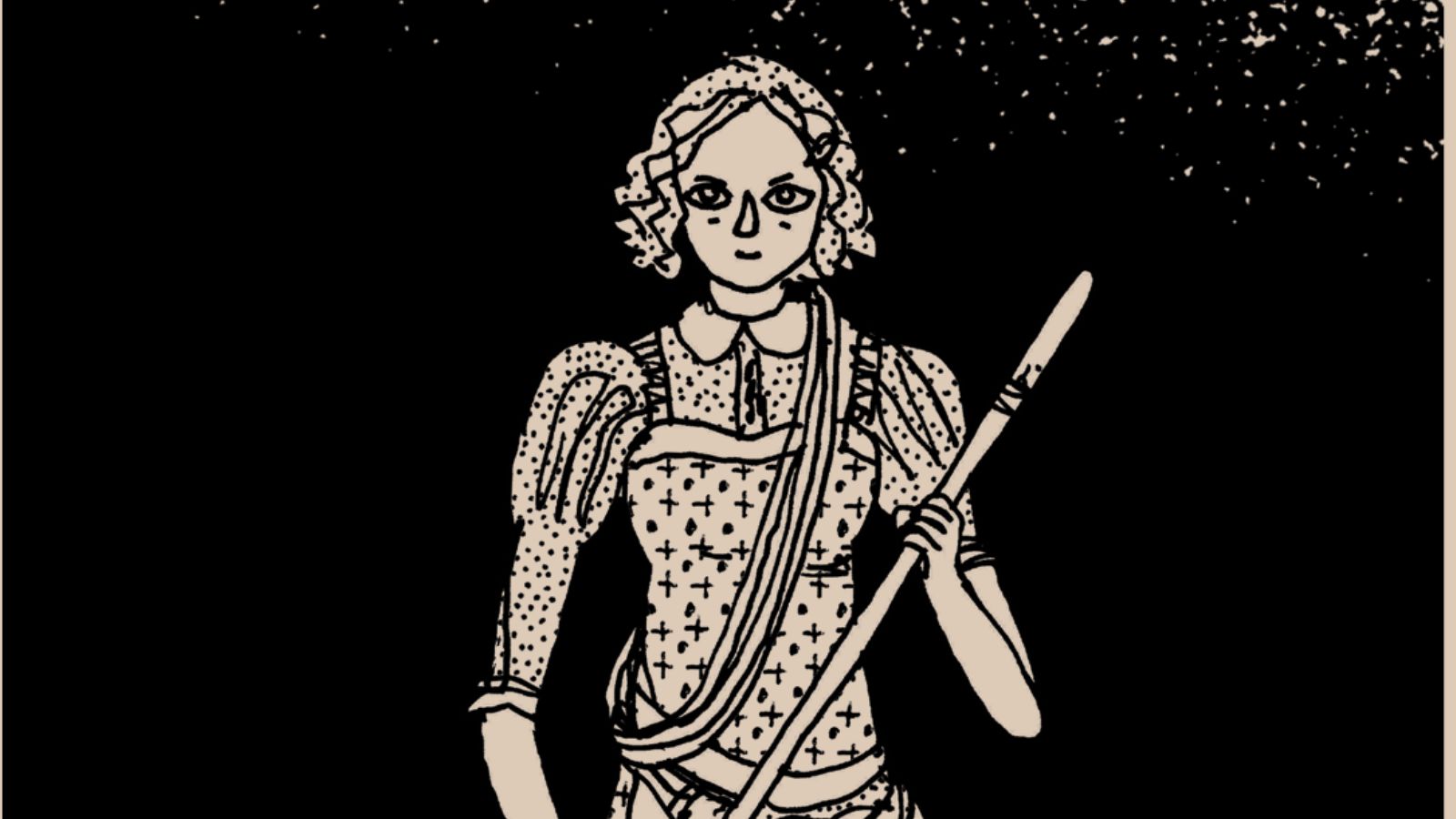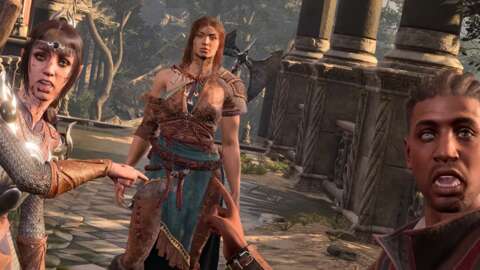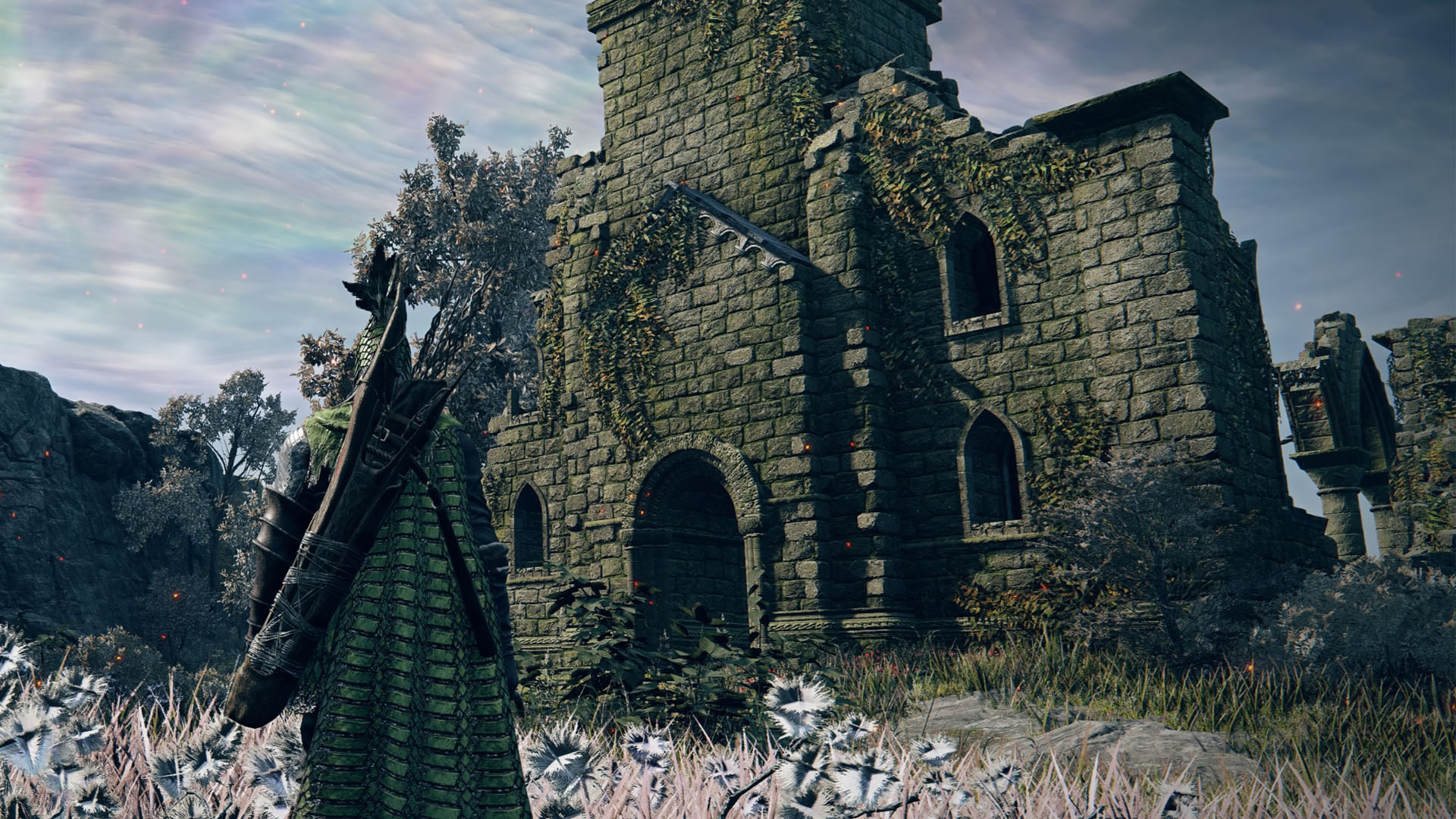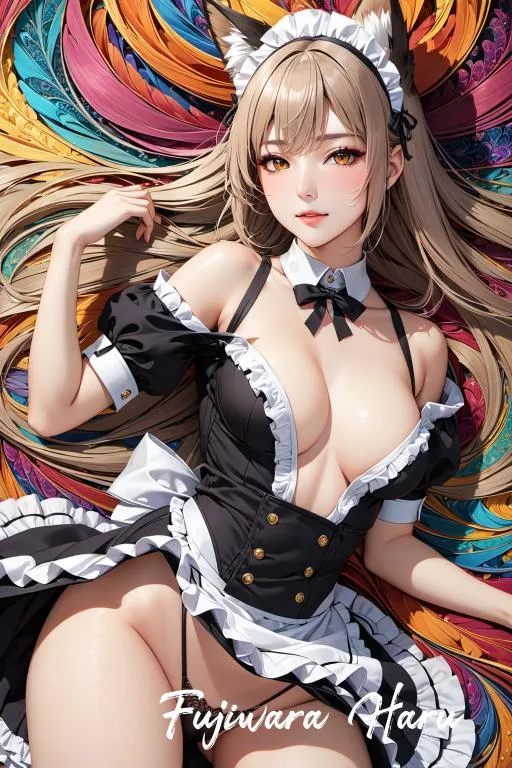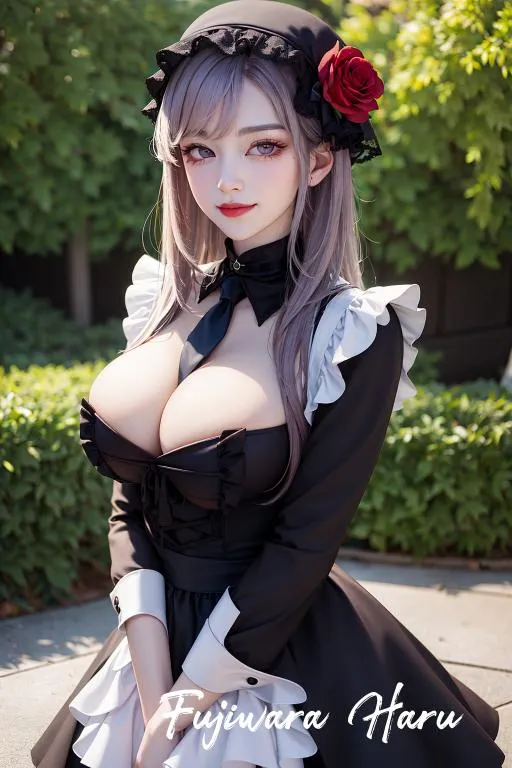
Angry Kirby was once an unlikely poster child for the difference between Japanese and American sensibilities. When home in Japan, Kirby’s joyful, round face was rarely seen without a welcoming smile. In the U.S., something was different: Kirby, the epitome of kawaii with a puffy pink marshmallow face, had a dangerous mean streak.
It began with an infamous 1994 print ad (embedded below) where Kirby posed for a mugshot: covered in bruises, eyes full of uncontrollable rage, cheeks covered in stubble. Then after a decade of altered but undeniably happy art, the box covers caught the same rebellious vibe. Starting with 2002’s Kirby: Nightmare in Dream Land, Kirby’s U.S. box art added sharp eyebrows and intense facial expressions absent from the Japanese versions. Over time, fans coined the nickname Angry Kirby.
After Kirby: Squeak Squad in 2006, Nintendo of America’s box art became less consistent, with U.S. releases alternating between toughening up the Japanese versions and using the same art — and some Japanese versions took on the angry look as well.

This week on Polygon, we’re looking at how cultural differences affect media in a special issue we’re calling Culture Shock.
Since 2012, Kirby at home and abroad has used the same art, whether that’s gleeful rage piloting a mech in 2016’s Kirby: Planet Robobot, a jubilant cross-stitched grin for 2019’s Kirby’s Extra Epic Yarn, or an awestruck gaze toward the horizon in 2022’s Kirby and the Forgotten Land. And of course, waving cheerfully on 2023’s Kirby’s Return to Dream Land Deluxe, a Switch rerelease of a 2011 Wii title that replaced Kirby’s serious look.
What changed? What took that smile away, and what made Kirby smile again?
You may not have heard of Leslie Swan, but if you play English-language Nintendo games, there’s a good chance you’ve heard her voice, and an even higher chance you’ve played a game she localized. As well as serving as localization director at Nintendo of America from 2000 to 2015, where she led the Nintendo Treehouse team responsible for the English versions of Kirby 64: The Crystal Shards, Kirby’s Epic Yarn, and Kirby: Triple Deluxe, she was also the voice of Princess Peach in Super Mario 64 and Mario Kart 64.
Speaking with Polygon, Swan says that Kirby’s look in the early 2000s was meant to show determination, not anger, a change intended to broaden the character’s appeal with the dominant tween and teen boy demographic. As Kirby: Triple Deluxe director Shinya Kumazaki told GameSpot in 2014: Cute Kirby was popular in Japan, but not in the West.
“Cute, sweet characters are popular among people of all ages in Japan,” she says. “In the U.S., though, tween and teen boys tend to be drawn to tougher characters. We all thought the Kirby game mechanic was a ton of fun, and we wanted Kirby to reach the broadest audience possible. At Nintendo, we embraced the idea of the little guy facing the biggest, baddest enemies and somehow, with the player in control, triumphing. Think Link versus Ganon. Kirby had many cool transformations in the game and could be very tough. We thought he should be portrayed as a fierce, tenacious little pink puffball. I don’t think we ever thought of the artwork as angry so much as determined against all odds.”
Initially, the barrier Kirby faced reaching teen and tween boys wasn’t a problem. Kirby’s Dream Land came out in 1992 for the Game Boy, when Swan was senior editor at Nintendo Power. The console’s monochrome display meant Nintendo could dodge the pink issue. Famously, Kirby’s U.S. debut cover art depicts a happy Kirby sporting a ghostly white tone, not his distinctive marshmallow hue — which wasn’t seen in-game until the following year in Kirby’s Adventure on the NES.
“In the early days there weren’t very many young girls playing video games,” says Swan. “A puffy pink character for boys who are trying to be cool just wasn’t going to get the sales that everybody wanted. […] Back then when we were first launching those games, it was on the Game Boy, black and white, right? So we didn’t care about the color. And then it was like, OK, now we have this pink puffy character. So how are we going to position the character to be more appealing?”
When localizing Kirby games, Nintendo took a careful approach to translating dialogue. Characters such as King Dedede, Meta Knight, and Waddle Dee were written with humor, but Swan’s team avoided being overly cute, mirroring the tone of U.S. children’s cartoons.
Swan says Kirby’s flexibility — a character that can be anything, do anything, and certainly eat everything — and the colourful, cartoonish surreality of his adventures in Dream Land were a gift for the localizers. As the character gained more abilities and innovative additions, like Kirby Tilt ’n’ Tumble’s accelerometer motion controls or Kirby: Canvas Curse’s paintbrush touch controls, the series’ popularity kept growing. All without the need for the localization heavy lifting required by more culturally grounded series, like Fire Emblem.
Despite cover art changes designed to appeal to boys, Swan says that over time the series increased its appeal across genders and ages.
“As localization evolved and as technology evolved, the games became richer because their stories became richer,” Swan says. “And I think that was very true of the Kirby franchise because originally Kirby was just this puffball that flew around, but then the story started evolving and getting all these other very appealing characters.”
Krysta Yang worked in marketing at Nintendo of America from 2007 to 2022, and now co-runs marketing agency Never A Minute and The Kit & Krysta Podcast. She says Nintendo was deliberately trying to cast off its image as an excessively “kiddie” company in her early days there.
“There was certainly a period of time for Nintendo, and even gaming in general, to have a more adult/cool factor. […] Having a game that was labeled ‘kiddie’ was really a curse,” Yang says. “Nintendo still needed to focus on its kid audience, but there was a shift in trying to make its characters more broadly appealing to a wider audience. One example is the marketing for the Nintendo DS’ Kirby Super Star Ultra [in 2008]: The marketing focused on making Kirby a more appealing character, especially for boys, so the marketing tagline was ‘Super Tuff Pink Puff.’
“There was a conscious effort from the marketing side to make Kirby seem tougher and to focus more on the game’s combat so Kirby [wasn’t] seen as something just for young kids,” Yang says. “It certainly was a bit of a departure from smiling happy cute Kirby, but it also didn’t seem totally out of place since Kirby games are very action-based!”
Yang adds that Kirby’s personality hasn’t been the focus in Nintendo’s recent marketing approach for the series, pointing out that promotional materials for 2022’s Kirby and the Forgotten Land instead placed a greater emphasis on gameplay and abilities. “There’s been a continued push to make Kirby into a more well-rounded character, but it’s true that most people still regard Kirby as cute versus tough,” she says.

Both Yang and Swan note that Nintendo has adopted a far more global outlook in recent years. Nintendo of America’s marketing and localization teams are more tightly connected with the Japanese office and developers than ever before, they say, and regional variations like Kirby’s cover art, or ads like jailbird Kirby, are no more.
“The audiences haven’t changed at all,” Yang says. “It was a business strategy change to have more global marketing. It’s good and bad. Being global means consistency for the brand across all regions, but sometimes there is a disregard for regional differences, which in my opinion can lead to really bland, safe marketing for some of Nintendo’s products.”
Shibuya-based localization studio 8-4 has worked with Japanese developers, including Nintendo, to bring games to the West for nearly 20 years. Speaking to Polygon, co-founder John Ricciardi says he feels Angry Kirby was a genius move to appeal to American boys, like he was at the time. Since then, Ricciardi feels regional cover art changes, like Angry Kirby, have become less prevalent for two reasons.
First, the industry grew up from the early days when Nintendo’s American subsidiary dismissed the international prospects of Donkey Kong’s cartoon vibes in ’80s arcades dominated by games like tank combat sim Battlezone and military defense game Missile Command.
“Marketing people from completely different industries were coming in, using what limited things they knew from their own business to try to apply to video games and trying things out,” says Ricciardi, wincing over Mega Man’s early U.S. covers that resembled Starship Troopers. “Some things worked, and a lot of things didn’t.”
Ricciardi’s second reason: The audience has grown up too. Forty years since Pac-Man and Donkey Kong first hit American arcades, players have now grown up surrounded by Japanese pop culture characters and sensibilities, and are eager for games, movies, manga, and anime from all over.
“In the past, there was a time where a lot of games got passed over for fear of the localization cost not being justifiable in terms of ‘Is there an audience for this kind of game?’ for visual novels, etc.,” says Ricciardi. “Now we’re seeing tons of that stuff being localized.”
In Pure Invention: How Japan’s Pop Culture Conquered the World, localizer Matt Alt argues that the success of Japanese cultural exports isn’t due to demand from foreign consumers for more Japanese products; it’s that globalization, and the easier access provided by the internet, has led foreign tastes to resemble Japanese sensibilities, and foreigners now share new ideas of what is cool, nerdy, and, particularly relevant for Kirby, cute.
That may be a happy accident for Nintendo, yet it seems fitting that the sardonic, disaffected youth culture prevalent in the U.S. in the ’90s and 2000s marketing that gave Kirby his determined scowl has given way to a more earnest present.
Regional cover art variants persist, but they’re rarer, and don’t often involve a total personality makeover like those given to Mega Man or Kirby. By 2020, Yakuza: Like a Dragon’s Western cover was actually the happier one — Ichiban’s sunny outlook was hardly evident in the Japanese cover, whereas internationally he wore a smirk as warm as Kirby’s ever was. Tastes change. Happiness is cool, a smile is cool, kawaii is cool. Kirby is cool too, and finally we know it. No wonder that little pink puffball’s smile came back.
Source:https://www.polygon.com/nintendo/507720/kirby-angry-box-artwork